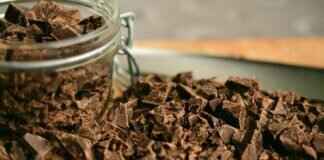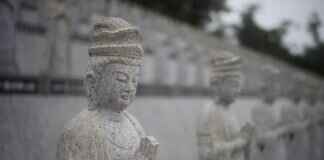As I delve deeper into the world of Hindustani music, my perspective on how a concert, baithak, workshop, or performance unfolds chronologically has evolved. Having spent the last two-and-a-half years learning the basics of Hindustani music, I can now appreciate the intricacies of khayal gayaki – the style of singing that defines Hindustani music. Initially, my fascination was sparked by the fast-paced flourishes of artists from the Gwalior gharana like D. V. Paluskar. However, as I have come to understand the significance of each component of a performance, I feel compelled to share my insights on the importance of experiencing a full khayal.
Let’s start by exploring the aalaap, a segment of the performance that can be best described as ‘free.’ It is not bound by any rhythmic cycle (taal) and serves as an opportunity for the artist to elaborate on key phrases of the raga. The aalaap acts as a warm-up, allowing the artist to improvise freely before delving into the structured composition of the khayal. Listening to Padmashri Pt. Ulhas Kashalkar’s rendition of Raga Multani, we can appreciate how he uses the aalaap to establish the essence of the raga by highlighting specific notes and phrases.
Moving on to the vilambit khayal, which is considered the most crucial part of a performance, we witness the gradual growth of the raga through elaborate exploration of its notes. The khayal typically occupies three-quarters of the performance time and is set to specific beat cycles. Artists use this section to delve deep into the nuances of the raga, carefully balancing the elaboration of each note while maintaining the overall essence of the composition. In Ulhasji’s rendition of Multani, he strategically emphasizes certain notes while swiftly moving through others, showcasing his mastery over the raga.
As the performance progresses, artists transition to faster sections of the khayal, focusing on the technical aspects of singing. Techniques like layakari, bol-baant, and taankari are employed to demonstrate vocal prowess and rhythmic dexterity. Ulhasji’s performance highlights the use of bol-baant and taankari, showcasing his agility and control over the intricate patterns of the raga.
The drut bandish marks the concluding segment of the performance, where artists present fast-paced compositions in specific taals. This section often includes elements of layakari, bol-baant, and taankari, further highlighting the artist’s virtuosity and command over the raga. Ulhasji’s interpretation of the drut bandish exemplifies the Agra gharana’s emphasis on bol-kaam and bol-baant, showcasing his unique style and flair.
In my exploration of Hindustani classical music, I have come to appreciate the depth and simplicity inherent in the khayal performance. Each segment, from the aalaap to the drut bandish, offers a unique perspective on the artist’s interpretation of the raga, showcasing their skill and artistry. By immersing oneself in the nuances of Hindustani music, one can truly experience the beauty and intricacy of this timeless art form.














